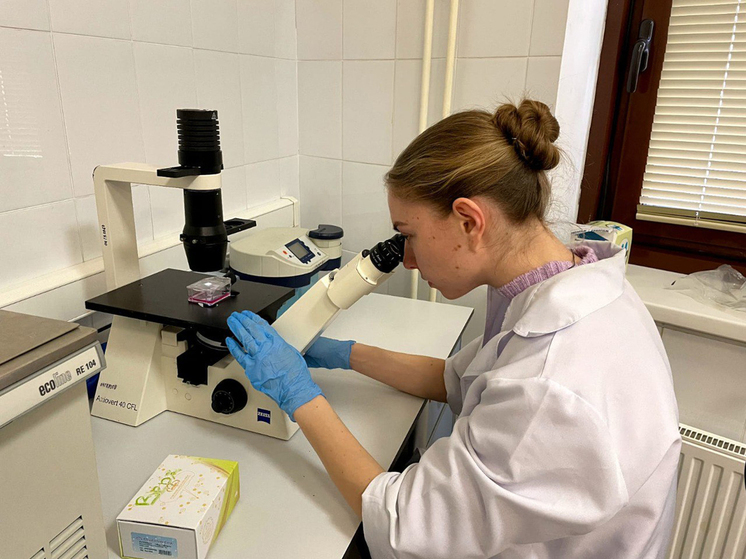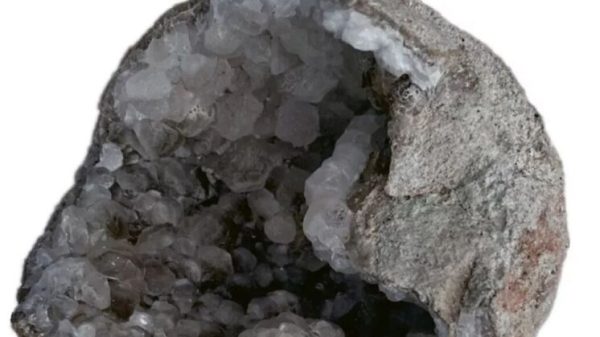A method has been created for lengthening telomeres without disturbing the natural properties of cells
We succeeded in extending the life of human cells by two to three times and making them into a long-living culture for transformation into various types of tissues and studying regeneration mechanisms specialists of the Medical Research and Educational Institute of Moscow State University named after M.V. Lomonosov. Candidate of Biological Sciences Maxim Karagyaur told MK what is new about his group’s work and what opportunities will open up in the future for restorative medicine, and perhaps even for rejuvenating the body from the inside.
 At the Department of Biochemistry and Regenerative Medicine. Photo courtesy of Moscow State University
At the Department of Biochemistry and Regenerative Medicine. Photo courtesy of Moscow State University
The mechanisms of restoration of organs and tissues have been little studied and are the focus of close attention of researchers. Russian scientists, with the assistance of the Russian Science Foundation, have increased the lifespan of a culture of adipose tissue stem cells by 2–3 times by artificially lengthening their telomeres. At the same time, the cells retained all their natural properties.
Cell modification was carried out as follows. Taking the patient's adipose tissue, the scientists isolated from it mesenchymal stromal cells (stem cells that can divide into connective tissue cells), skeletal muscle and blood vessels. They were then modified using viral particles. Thus, a gene promoting telomere lengthening was delivered to the cell genome.
Long-lived cell cultures can be used to study the mechanisms of tissue regeneration, as well as as a basis for its stimulation in a wide range of diseases and injuries. Thus, it will be possible to grow cartilage, bone and adipose tissue from them to treat joint diseases, non-healing fractures, lipodystrophy (loss of subcutaneous fat) and correct cosmetic defects. In the future, scientists do not rule out the development of technology that will make it possible to lengthen telomeres directly in the human body, rejuvenating it from the inside.
According to Maxim Karagyaur, similar cells were previously created by American scientists. Such cells had a high ability to divide, but at the same time lost some of their properties (the ability to respond to hormones, turn into adipose tissue, etc.), which did not allow them to be used as a model object for studying obesity, type 2 diabetes mellitus, metabolic syndrome and other diseases. The cells obtained by Russian scientists, like natural ones, on the contrary, retained high sensitivity to a wide range of hormones and neurotransmitters (serotonin, glutamate, insulin and others) involved in the regulation of the activity of fat cells and associated with the development of the above diseases.





















































Свежие комментарии